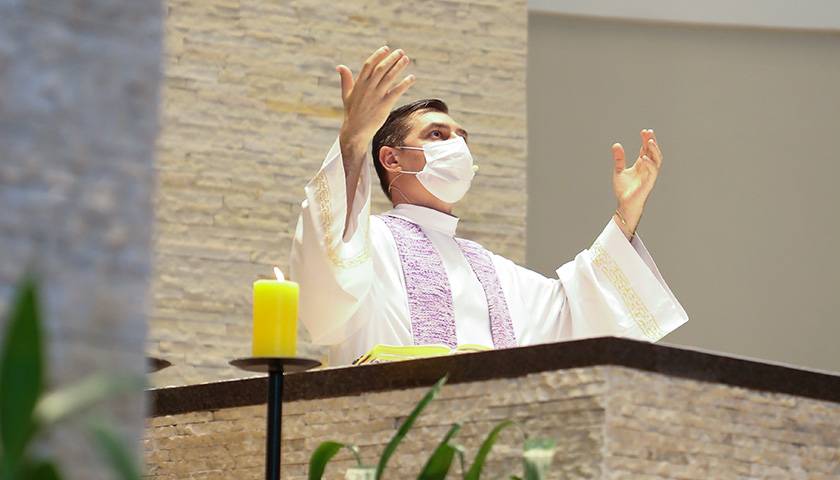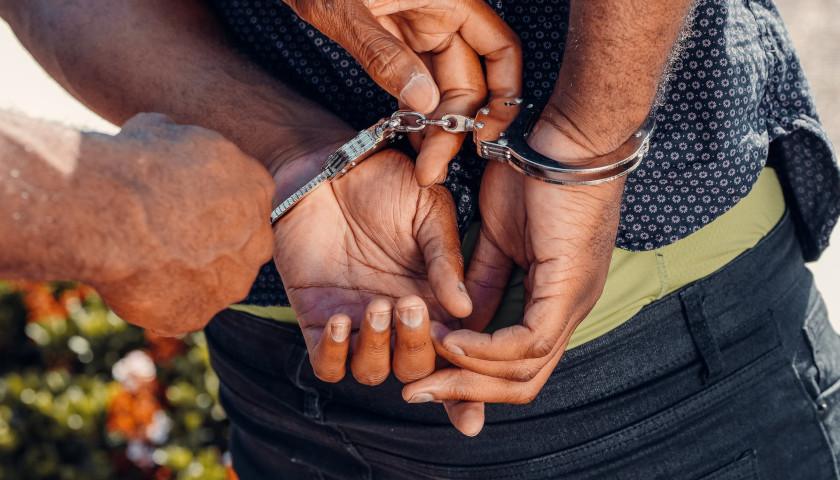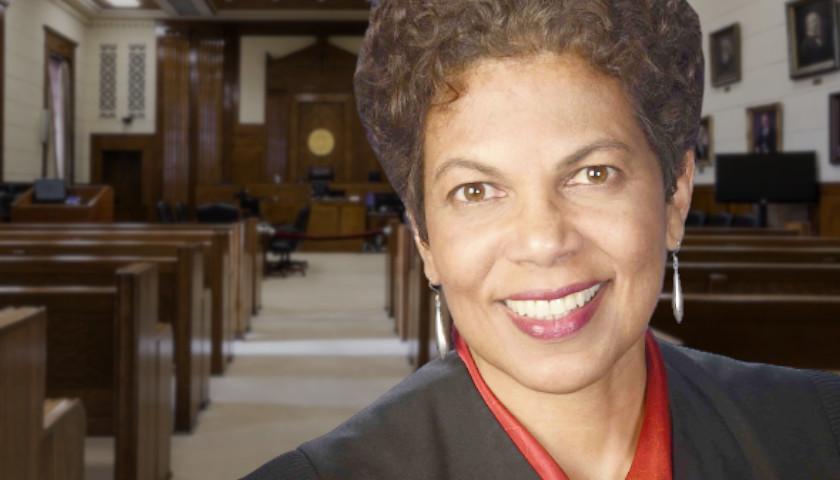by Katrina Trinko
Will the churches be full this Easter?
Or did the COVID-19 pandemic, and the long time of closed churches, usher in a new era?
The data doesn’t suggest churches will be bursting at the seams, crowds of people squashed into pews and latecomers leaning against walls.
Twenty percent of Americans say they attend religious services less frequently after the pandemic, while 7% say they attend more often, according to a Pew Research Center poll conducted in November. Among Christians, 25% attend less frequently now, including 35% of black Protestants and 27% of Hispanic Catholics. Among Jews, 18% attend less frequently.
A January study paints a similarly dismal picture. The number of Americans who say they regularly or occasionally attend church is at 32%, down from 36%, according to the Survey Center on American Life, a project of the American Enterprise Institute. In that same time period, the percentage of Americans who never attend religious services rose to 33%, up from 25%.
And while you can certainly pray outside of a church, praying in a community is generally a crucial component, unless you’re an extraordinarily holy hermit. Praying with others brings about community and accountability. “For where two or three are gathered in my name, there am I in the midst of them,” Jesus said (Matthew 18:20).
But I also cherish going to church these days because I remember so vividly the sadness of Easter 2020.
My church, like so many others across the country, was closed. There would be no Easter Mass that year. Up to 10 people were allowed in the church at any given time, and so that afternoon, I strolled in and tried to pray before the tabernacle, which holds the Eucharist, which Catholics believe is Jesus’ body.
But the church, with just a handful of people there and utterly quiet, felt desolate. It felt empty—and not in a joyous, the-tomb-is-empty kind of way.
While I certainly don’t envy pastors and clergy the choices they faced at the beginning of the pandemic, especially given the terror of “superspreader” events and the lack of knowledge regarding treating COVID-19, I wonder if the numbers would have declined so much if the churches had responded differently to the pandemic, if there had been a more extensive attempt to still hold religious services, even if they needed to be outside and even if they needed to have fewer people.
After all, if you don’t turn to God during a pandemic, when do you turn to Him?
Of course, hindsight is 20/20. And let’s not forget the government’s role in all this. Plenty of gatherings were prohibited, and Targets, grocery stores, and liquor stores were all treated differently than churches when it came to the number of people allowed.
Egregious examples of discrimination against churches abounded during the pandemic. Nevada allowed 50% capacity at casinos, bars and theme parks at the same time churches could only have 50 people in attendance. San Francisco allowed department stores to operate at 25% capacity but only a single person to be in the huge Catholic cathedral at any time.
It was clear that ideology, not health care, was driving some key decisions.
But now we’re left to pick up the pieces, to see how not just the pandemic, but how we responded to the pandemic, changed our culture and our society.
There are some hopeful signs. Virginia Gov. Glenn Youngkin, a Republican, signed last month a bill that bans treating churches differently than businesses during medical emergencies.
But much of the repair and rebuilding is not a policy matter. (Although given how crucial religiosity and values are to the American experiment, there will certainly be policy implications if religiosity declines.) It is likely a matter of asking friends and family to join us in church, of talking to others about why it is important to us to be in the pew Sunday after Sunday.
There is an old African American spiritual, which I heard in church this Palm Sunday, that goes, “Were you there when they crucified my Lord?/Were you there when they crucified my Lord?/Oh, sometimes it causes me to tremble, tremble, tremble./ Were you there when they crucified my Lord?”
But the last verse pivots to the Resurrection: “Were you there when God raised him from the tomb?/Were you there when God raised him from the tomb?/Oh, sometimes it causes me to tremble, tremble, tremble./Were you there when God raised him from the tomb?”
The closest, 2,000 years later, to being “there” this Easter is to be in a church. Here’s hoping for an Easter miracle where an empty tomb is celebrated by people worshipping in crammed churches.
– – –
Katrina Trinko is editor-in-chief of The Daily Signal.
Photo “Church Preacher Wearing a COVID Mask” by Vidal Balielo Jr.




